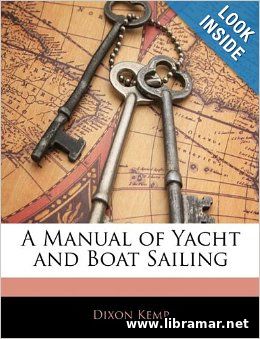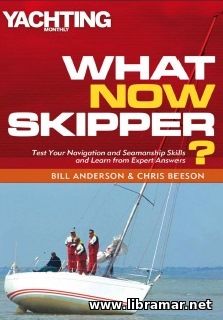
Corinthian Yachtsman, or Hints on Yachting, the classic, old and quite rare book, a real windfall for everyone who are interested in both yachting and boating. The topics covered are: Yachting as a national sport; Progress on naval architecture; Buying and building; Concluding a purchase; Yachts' boats; Navigation; Preparing to start; Handling yachts; Extended cruises; Racing. Digitized by Google.
As you can see, the release date of this publication was more than a century ago. However, the hints and practical tips collected by the author for inclusion in this classic volume remain actual and useful even today as they are based on the mechanics, physics of sailing as well as on the deep understanding of the logic and philosophy of boating and yachting that remained and will remain unchanged for centuries...


